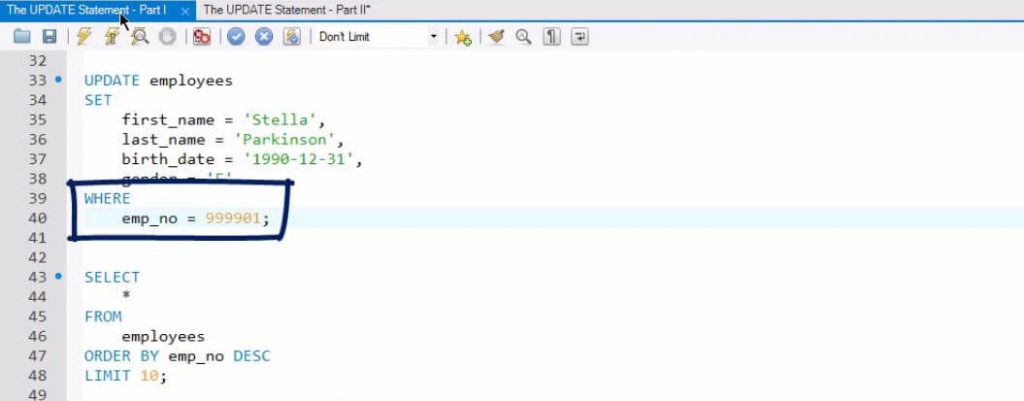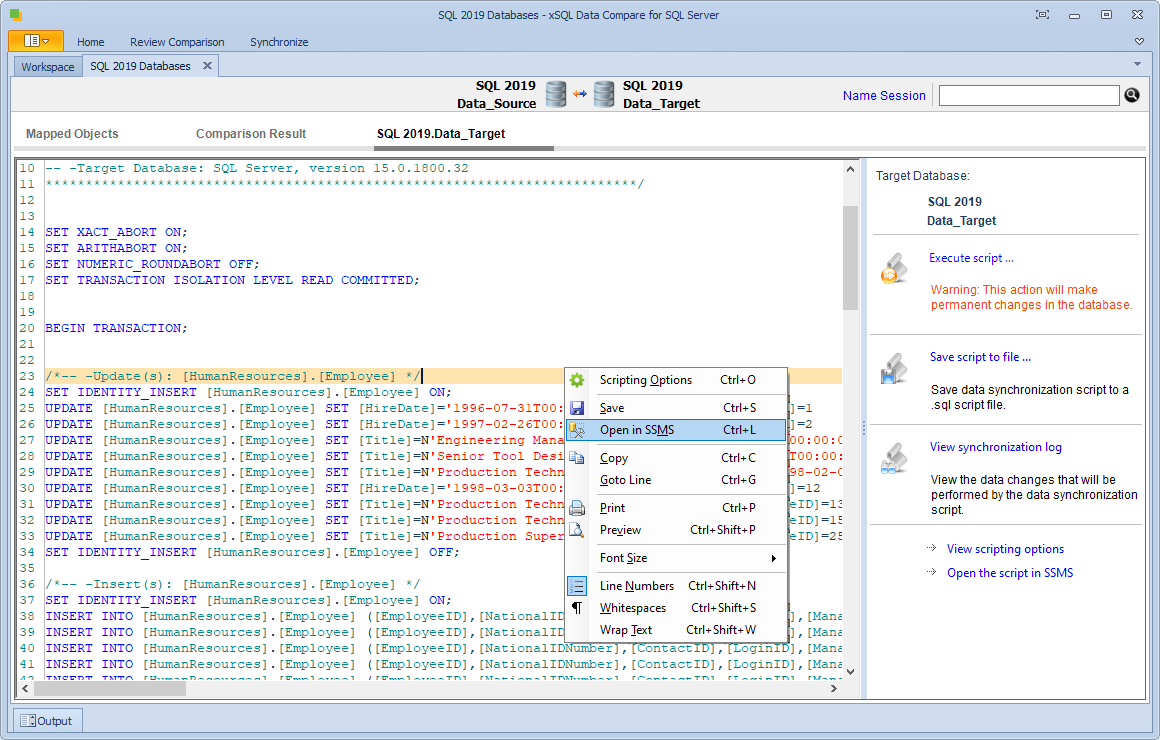

| Field | Type | Null | Key | Default | Extra | January 1, 1970, 00:00:00 GMT).Īssume we have created a table named Emp in MySQL database with the following description − +-+-+-+-+-+-+ It contains well written, well thought and well explained computer science and programming articles, quizzes and practice/competitive programming/company interview Questions. The constructor of class accepts a variable of long type representing the number of milliseconds from the epoch (standard base time I.e. These are the top rated real world Java examples of extracted from. This method accepts two parameters −Īn integer representing the parameter index of the place holder (?) to which we need to set date value.Ī Date object representing the date value to be passed. Using this you can insert date into a table.

The PreparedStatement interface provides a method named setDate(). However, adding an integer to a datetime value does work, and that’s why we declared the variable as datetime.You can insert date values in SQL using the date datatype, The class maps to the SQL DATE type. This is because we’re trying to add an integer to a date value, which doesn’t work. Operand type clash: date is incompatible with int Exceptions SQLServerException Remarks This setDate method is specified by the setDate method in the interface. Syntax public final void setDate (int n, x) Parameters n An int that indicates the parameter number. Result: Msg 206, Level 16, State 2, Line 3 Sets the designated parameter to the given date value. Let us consider below table(s) as an example table(s) to frame the SQL query for getting the desired results. The SetDate method assigns a DateTime value to the buffer column specified by the columnIndex parameter. The index of the column in the PipelineBuffer row. TODATE () function in most SQL database management servers such as PostgreSQL and ORACLE is used to convert data values of character data types such as VARCHAR, NVARCHAR, CHAR etc. The reason we didn’t declare the variable as a date value is because that would result in an error: DECLARE date Public Sub SetDate (columnIndex As Integer, value As DateTime) Parameters. Sets the designated parameter to the given date value.

However, we can give it the same treatment to convert it to a date value: DECLARE datetime Similar to option 2, the result is a datetime value, but this time it’s because we declared the variable as a datetime value. SELECT CAST(DATEADD(month, DATEDIFF(month, 0, 0) AS date) We can use CONVERT() or CAST() to convert the result to a date value: DECLARE date Solution 2: Both of the other answers do not convert the date properly if use use a TIME of '838:00:00' which is a valid time according to the mysql manual.

Here, we incorporated the DATEDIFF() function into our calculation.Īlthough we declared the initial variable as a date value, the result is a datetime value. SELECT DATEADD(month, DATEDIFF(month, 0, 0) Here’s another option for getting the first day of the month: DECLARE date This involves using some T-SQL functions to perform date shifting in order to get the date back to the start of the month.įor more information about the DATEADD() and DAY() functions, see DATEADD() Examples in SQL Server and DAY() Examples in SQL Server. One way to do it is like this: DECLARE date This could be the first day of the current month, or the first day of a month based on a given date. A new object can be fetched by using the static method java.sql. Below are three options for using T-SQL to return the first day of the month in SQL Server. Sets the designated parameter to the given date and calendar values. TIMESTAMP in Open SQL represents a UTC time stamp with time zone.


 0 kommentar(er)
0 kommentar(er)
